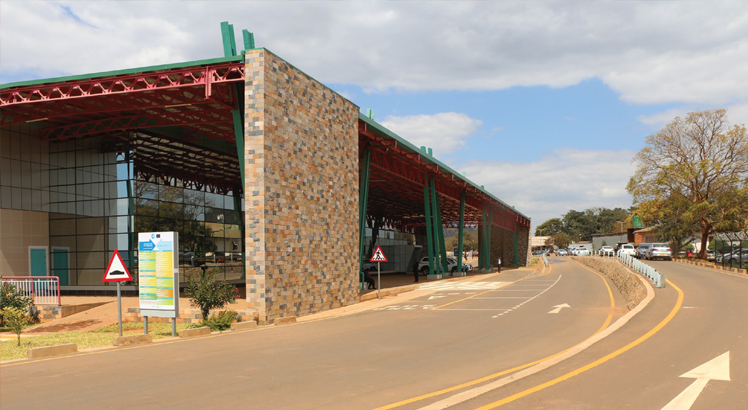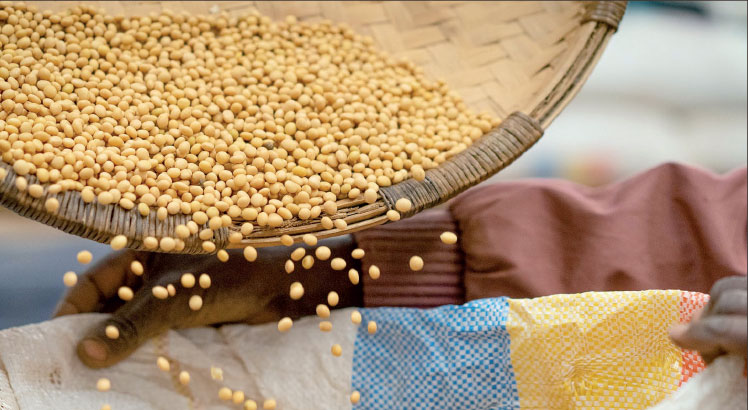Malawi diversifies exports
The 2013 World Trade Report indicates that Malawi has diversified its exports with the country’s manufacturing concentration reduced by about 50 percent between 1990 and 2010.

The report published by the World Trade Organisation (WTO) titled ‘Factors shaping the future of world trade’ indicates that Malawi’s manufacturing export concentration stood at 0.3 in 1990 and improved to 0.15 in 2010, an indication that the country now relies more on other goods for its earnings.
Commenting on the development in a telephone interview on Monday, Minister of Industry and Trade Sosten Gwengwe attributed the changes to the increase of the country’s non-traditional exports.
“The changes are due to the prominence that non-traditional exports have taken within the period. This is due to the general improvement in the economy. The National Export Strategy (NES) is our main policy framework through which Malawi will diversify and increase its exports. Implementation is the main problem in our policy but this is due to financial constrains,” said Gwengwe.
He added that the mining and the energy sectors are promising to increase the export base.
The WTO report indicates that neighbouring Zambia ratings decreased from 0.91 to 0.89 and Mozambique increased from 0.19 to 0.95 indices which show that they are less diversified than Malawi.
The report indicates that in the region, Kenya manufacturing concentration has moved from 0.09 in 1990 to 0.11 in 2010, Egypt moved from 0.37 to 0.13, Rwanda 0.72 to 0.16, Madagascar 0.30 to 0.18.
The report further indicates that, Mauritius manufacturing export concentration moved from 0.27 to 0.20, Ethiopia 0.94 to 0.32, while Zimbabwe increased 0.31 to 0.43. South Africa 0.10 to 0.21.
Experts have called on Malawi to diversify away from reliance on agriculture to avoid persistent poor trade performance.
But the WTO report notes that today the exports of a significant number of countries are diversified.
“Highly diversified countries are mainly located in Europe, North America and Asia. In contrast, those with highly concentrated exports are mostly developing countries and in many cases natural resource-rich countries.
The report indicates that between 1990 and 2010, countries have either become more diversified, or have experienced no significant change. Therefore, we can conclude that countries are becoming more similar over time,” reads the report in part.
The NES launched last year is aimed at providing a clearly prioritised road map for building Malawi’s productive base to generate sufficient exports to match the upward pressure on Malawi’s imports.
Malawi also launched the Mines and Minerals Policy which aims to increase the country’s earnings from the mining sector.





